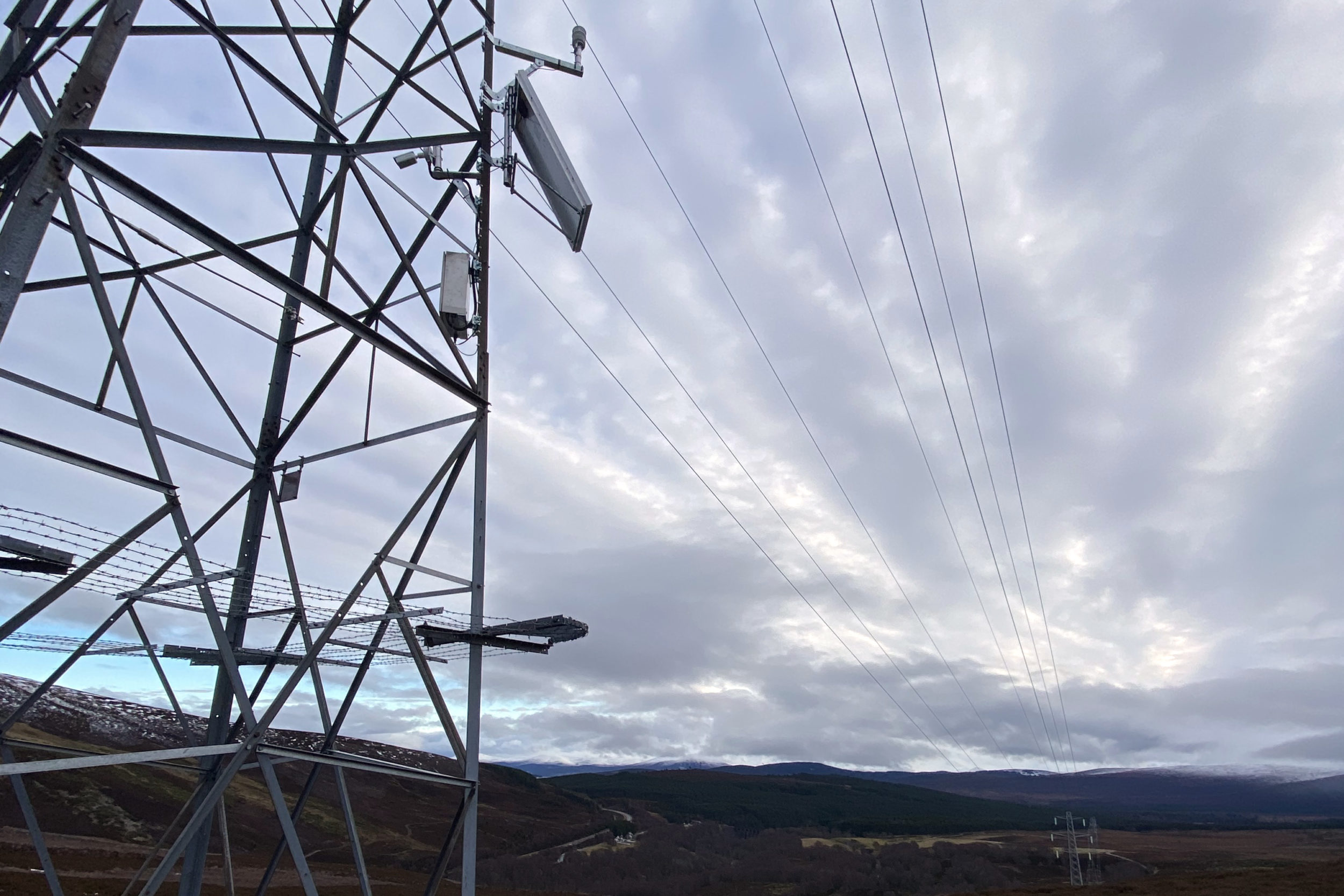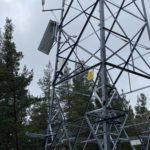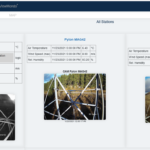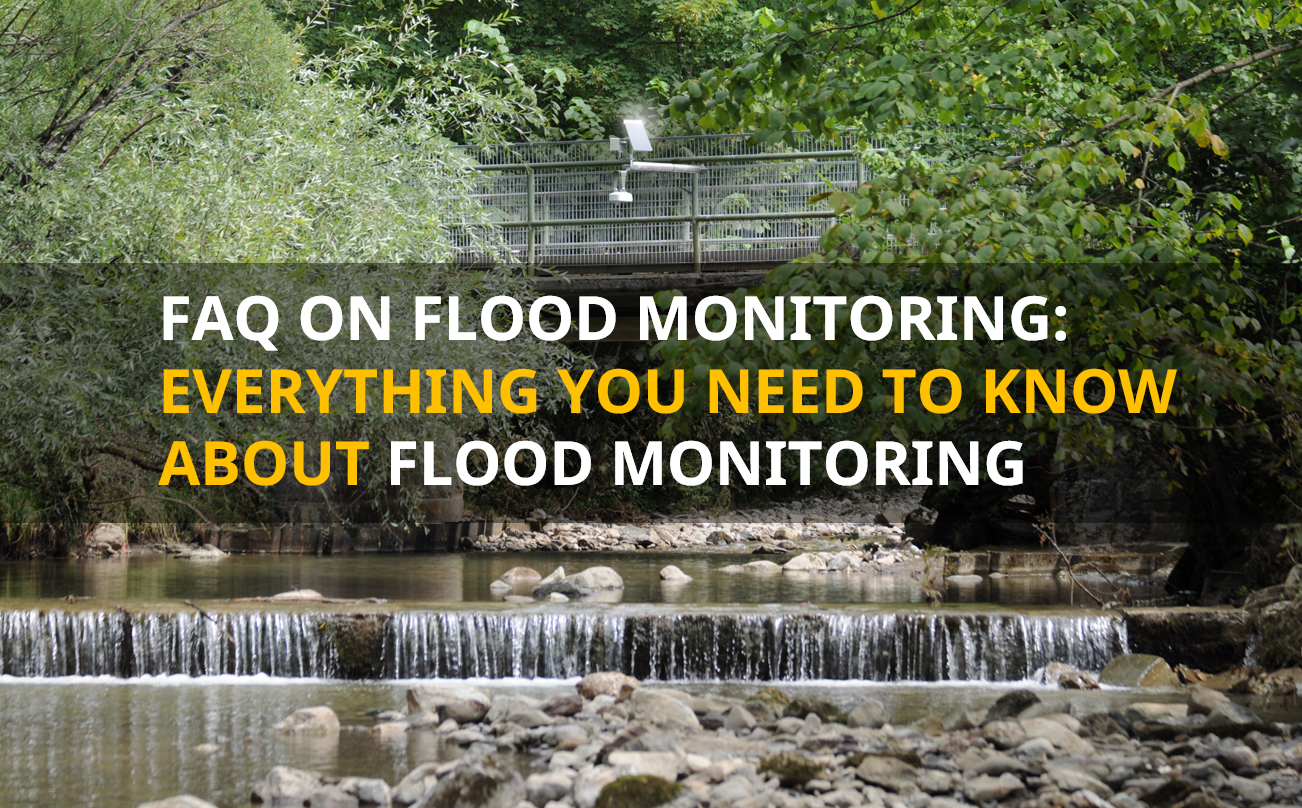Winter can get grim in the heights of Scotland. To make power supply more reliable, Scottish and Southern Electricity Networks (SSEN) wanted to understand more about ice formation on its power lines. A tailored solution by OTT HydroMet monitors the microclimate surrounding the power pylons and automatically sends alerts when the lines are about to freeze. Now, it faces its second winter season.
Overhead transmission lines are the cheapest and most common way to provide electric energy from one place to another. Being exposed to wind and weather, the metal conductors are prone to elongation causing the lines to sag. Low hanging lines can be a significant safety risk, especially if they span roads. Power suppliers have to ensure they reduce the power capacity or even shut down power transmission when the lines hang too low. The critical variable is the right time to not waste power capacity whilst keeping transmission safe.
The grim Scottish winter can drag conductor lines down
Typically, line sags occur on hot summer days, when the sun heats up the conductor lines, leading to expansion of the line material (in most cases aluminum or copper). Extreme cold can cause the same. Different to the valleys and the coast areas of Great Britain, snow and frost are quite common in the Scottish Highlands from November to March. Ice formation increases the weight of the power lines which drags them down. Thus, SSEN is eager to know the current situation at the power pylons.
In December 2020, OTT HydroMet installed meteorological stations with cameras on three power pylons that proved to be susceptible to ice formation in the past. Their task was to predict ice formation on the transmission lines and send automated warnings to the electricity network operator.
The power pylons are located in the Scottish Highlands, close to Slochd, roundabout 20 kilometers east of Loch Ness.
Tailored solution for various power pylons
For OTT HydroMet UK, this was quite a unique request and an interesting challenge, too. Mounting a robust weather station on a power pylon, 15 meters above the ground, is one thing, supplying the necessary energy to run it, another one. “It might sound strange but providing power to run a weather station and further equipment on a pylon is complicated because you cannot use the electricity from the transmission lines,” Robin Guy says, Senior Service Technician at OTT HydroMet UK. His team worked on a solution that is powered by a solar panel and still provides all relevant measurements even on short and dark winter days.
The system contains:
- Lufft WS502 weather sensor to monitor temperature, relative humidity, air pressure, wind direction, wind speed, radiation
- OTT netDL 1000 data logger and 4G communication unit with ultra-low power consumption
- OTT Solar 1205 battery that gets charged by the 140W PV panel
- Customized mounting brackets for various pylon geometry
- Camera and conductor sample to display the conditions on the transmission lines
Intelligent data communication for low power consumption
With energy supply being critical, the team implemented an economical but smart data communication schedule. “We set the communication intervals to six hours,” Robin Guy says. “While the WS502 weather sensor takes measurements every 15 minutes, average values are being sent together with a camera picture four times a day.”
The whole solution takes measurements of these parameters:
- Voltage
- Air temperature, relative Humidity, relative air pressure
- Average wind speed, maximum wind speed, wind direction
- Global radiation
- Dew point
- General icing alarm, extreme icing alarm
When the weather conditions change and make ice formation more probable, the communication intervals switch to alert modes with a frequency of one data transfer per hour or, in high alert mode, every 15 minutes. “This is close to real-time monitoring”, Robin Guy says, “and it allows SSEN to react on short-notice. Electricity can be transferred way longer now before the sag really sinks to dangerous heights”.
Do you want to learn more about this project? Our technical experts are happy to share more of their experience and their learnings in this project.











